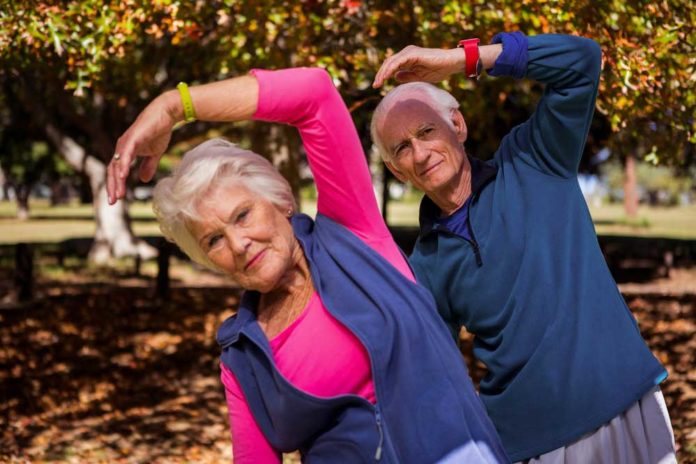Exercise and Telomeres in Elderly
A recent study published in The Journals of Gerontology helps solidify the importance of exercise, particularly in seniors. Researchers focused on objective data, examining the relationship between physical activity (PA) and leukocyte telomere length (LTL). The study included 1,405 older (64 to 95 years) white and African American women and determined the accelerometer-measured PA and LTL, dividing between total, light, and moderate-to-vigorous activity. As speculated, women who participated in moderate-to-vigorous activity for equal to or more than two and a half hours a week had longer LTL. But aside from telomere length, the exercise completed in the study aligns with the American Heart Association’s recommendations of at least 30 minutes of physical activity, five out of the seven weekly days.
A similar study published in the American Journal of Epidemiology helps strengthen the telomere-exercise relationship, just in a more round about way compared to the study described above. Rather than focusing on physical activity, researchers studied telomere length in sedentary women. The findings suggest women who exercised less than 30 minutes a day, along with staying sedentary for over 10 hours, had biologically older cells compared to their chronological age. Conversely, women who completed 30 minutes of moderate-to-vigorous activity maintained telomere length, even despite long sitting periods.
Exercise for Seniors
The following exercises for seniors are encouraged to not only support telomere length, but to maintain muscle mass, foster heart and bone health, enhance cognition, and improve coordination.
Aerobic Activities
Also known as cardio, aerobic exercise elevates heart rate and promotes calorie burn. Various aerobic activities include walking, jogging, biking, swimming, and hiking. Seniors should aim to maximize efforts of aerobic activity, but following consultation with their primary care provider.
Resistance Training
Seniors should implement resistance or strength train at least twice a week to preserve and stimulate muscle. Conserve muscle and strength with these 10 exercises provided by the National Institutes of Health.
Balance Exercise
Age is a risk factor for impaired balance, as it naturally declines if not being proactive towards its maintenance. Balance can be protected by practicing these seven in-home balance exercises for seniors.
Stretches
Across all generations, it is important to stretch directly following a workout when the muscles are still “warm.” Prevent against sore and stiff muscles and encourage flexibility with these stretches.






